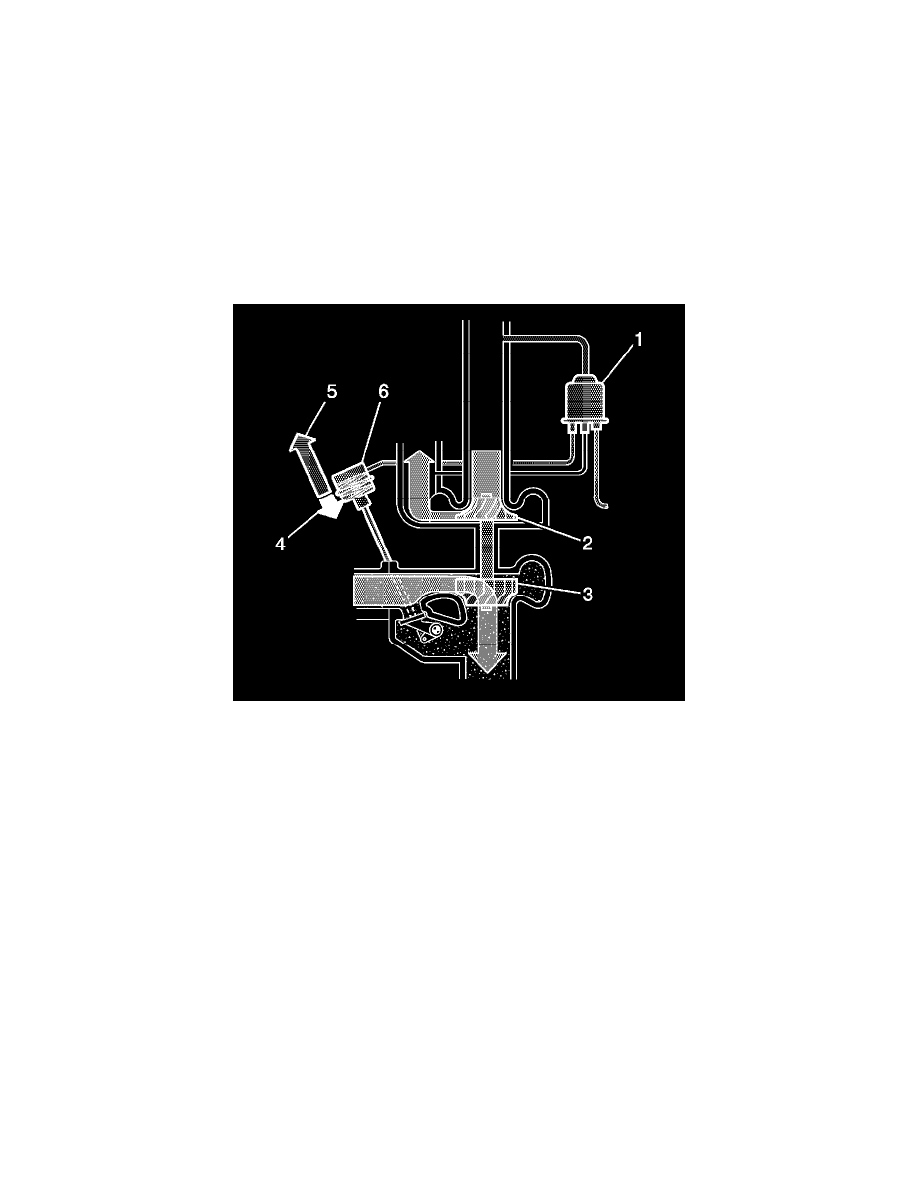Solstice L4-2.0L Turbo (2008)

Boost Control Description and Operation
A turbocharger (TC) is a compressor that is used to increase the power output of an engine by increasing the mass of the oxygen and therefore the fuel
entering the engine. This BorgWarner(TM) dual-scroll TC is mounted on the exhaust manifold and the lightweight turbine is driven by the waste energy
generated by the flow of the exhaust gases. The turbine is connected by a shaft to the compressor which is mounted in the induction system of the engine.
The compressor vanes compress the intake air above atmospheric pressure, thereby greatly increasing the density of the air entering the engine. The TC
is capable of producing up to 20 psi, or 1.40 bar, of power-enhancing boost.
The TC incorporates a wastegate that is controlled by a pressure differential, that is determined by the engine control module (ECM) by means of a
PWM solenoid, in order to regulate the pressure ratio of the compressor. A TC bypass valve is integrated within the unit, and is also controlled by the
ECM by utilizing a remotely mounted solenoid to prevent compressor surging and damage from vibrations by opening during abrupt closed throttle
conditions. When the valve is commanded open during closed throttle deceleration conditions, the bypass valve allows the air to recirculate in the TC
and maintain compressor speed. Within a calibrated range during the closed throttle event, or upon a wide open throttle command the valve will then
close to optimize turbo response.
1 - Turbocharger Wastegate Solenoid with Duty Cycle at 100 percent
2 - Compressor
3 - Turbine
4 - Exhaust Gas Pressure
5 - Spring Force
6 - Turbocharger Wastegate Actuator
The waste gate is completely closed at idle. All of the exhaust energy is passing through the turbine. There are three reasons that the wastegate remains
closed:
*
There is a lack of compressor outlet pressure. Lower compressor outlet pressures tend to close the wastegate via the pneumatic connection to the
actuator.
*
The return spring within the actuator is helping to keep the wastegate closed.
*
The low energy of the exhaust gas flow is not enough to overcome the return spring force.
During normal operation, if a wide open throttle were to be requested at lower engine speeds, the ECM will command the boost control solenoid with a
duty cycle of 100 percent to minimize any turbo lag. During engine loads in the middle and upper RPM ranges, the ECM will command the boost control
solenoid, with a duty cycle of 65-80 percent. Manifold pressures of up to 240 kPa are possible.
